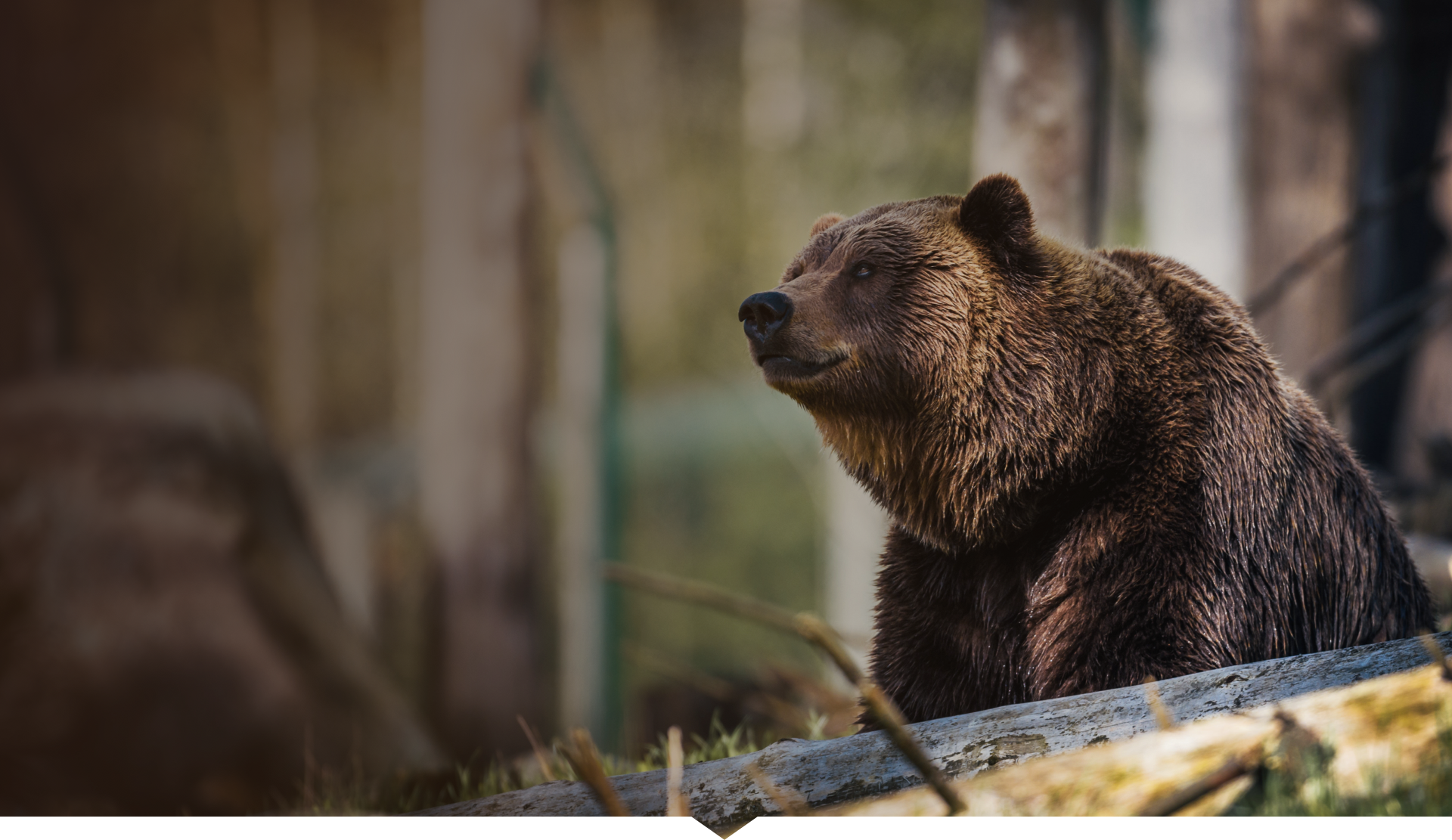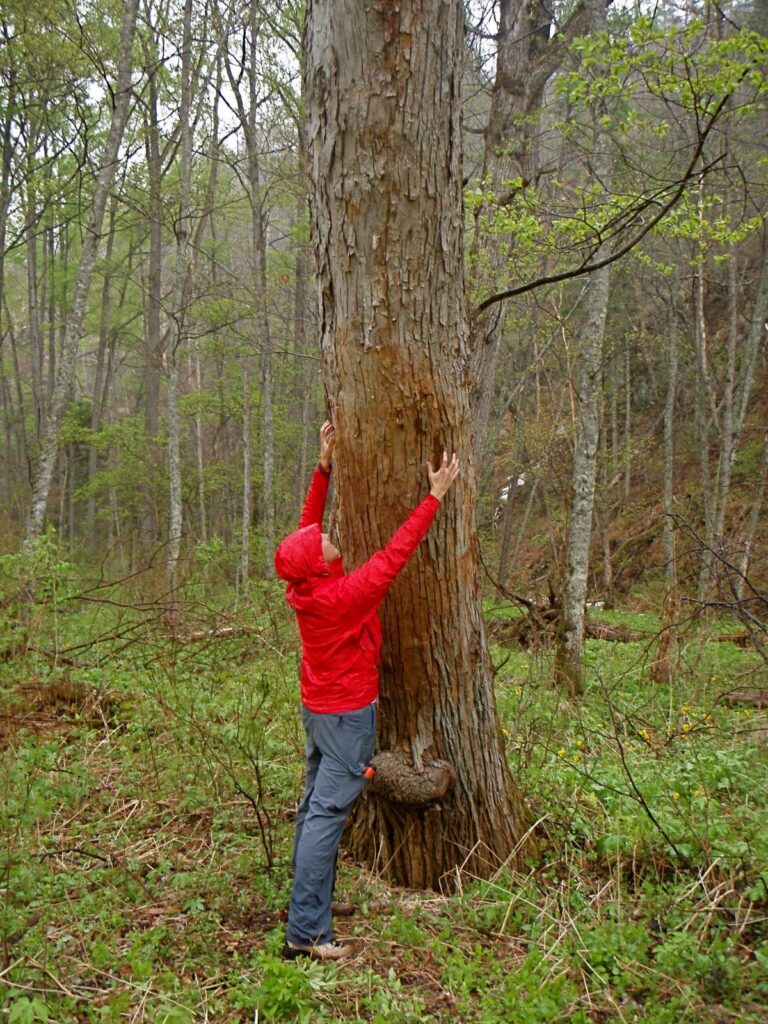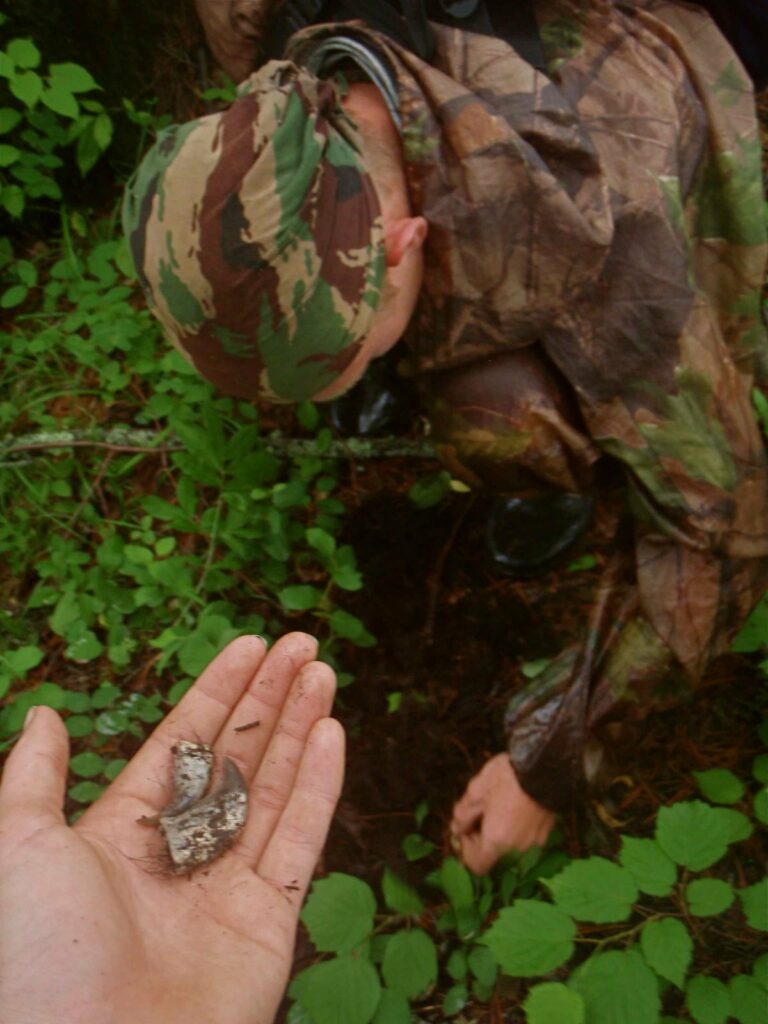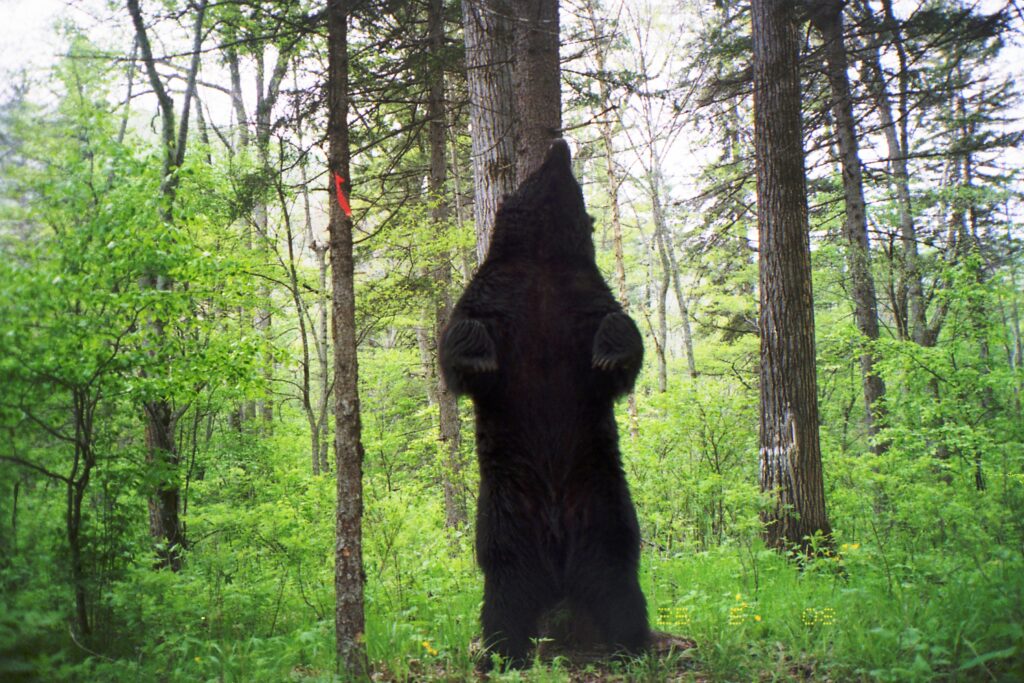In the Russian Far East, two of the world’s most endangered big cats occur: the Amur leopard (Panthera pardus orientalis) and the Amur or Siberian Tiger (Panthera tigris altaica). The estimated wild population (2021) of these leopards is around 100 individuals and the tiger population hangs around 500-550 animals. The necessity to protect these two species is eminently clear and will also benefit the brown bear and Asiatic black bear populations, which occur in the same habitat. The Phoenix Foundation has organized many different activities, ranging from educational activities for kids, asking media attention, executing research projects and setting up anti-poaching teams. Bears in Mind supports the anti-poaching teams.
Red Wolf Brigade
Since January 2002 the Red Wolf anti-poaching team has been patrolling the perimeter and the core of the wildlife refuge. Their activities range from confiscating poached wildlife, illegal rifles and fining people for violation of hunting regulations. The rangers are also involved in making fire breaks and providing food and saltlicks during harsh winters for the prey animals of the leopards and tigers. They also visit schools and give lectures to people who visit the forests.
Borisovkoye Plateau
Borisovkoye Plateau wildlife refuge has always been considered as one of the best remaining tracts of the leopard habitat. During the tiger census in January 2000 the tracks of seven leopards, two or three tigers, and 60-70 fresh ungulate tracks (per 10 km² of route) were found on the monitoring site including the Borisovkoye Plateau wildlife refuge and Nezhinskoye hunting society. The 2003-2005 surveys showed the same leopard and tiger density. It proves the important role that protection of territories and anti-poaching activities play in leopard and tiger conservation.
The important anti-poaching work done by Phoenix Fund was continued & supported between 2013 and 2015 by Bears in Mind.
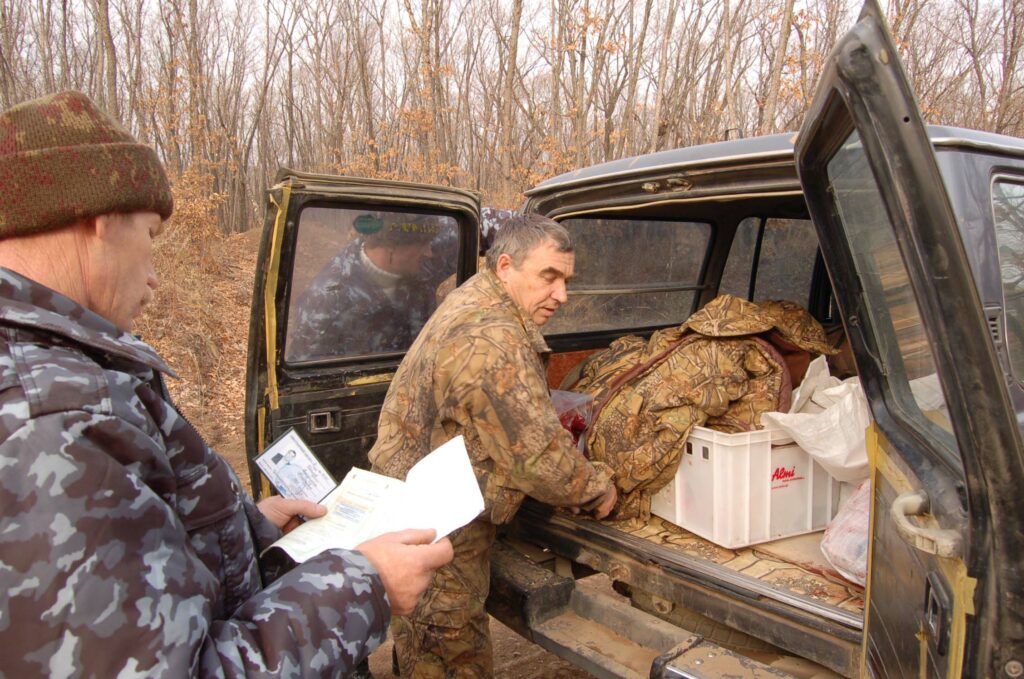

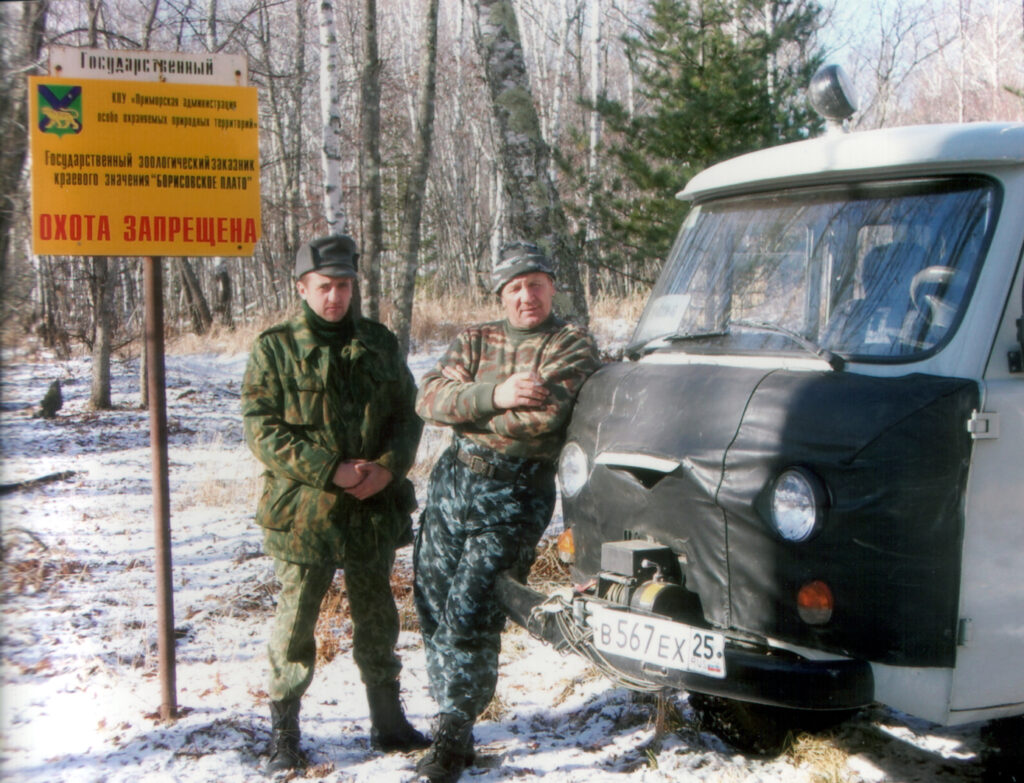
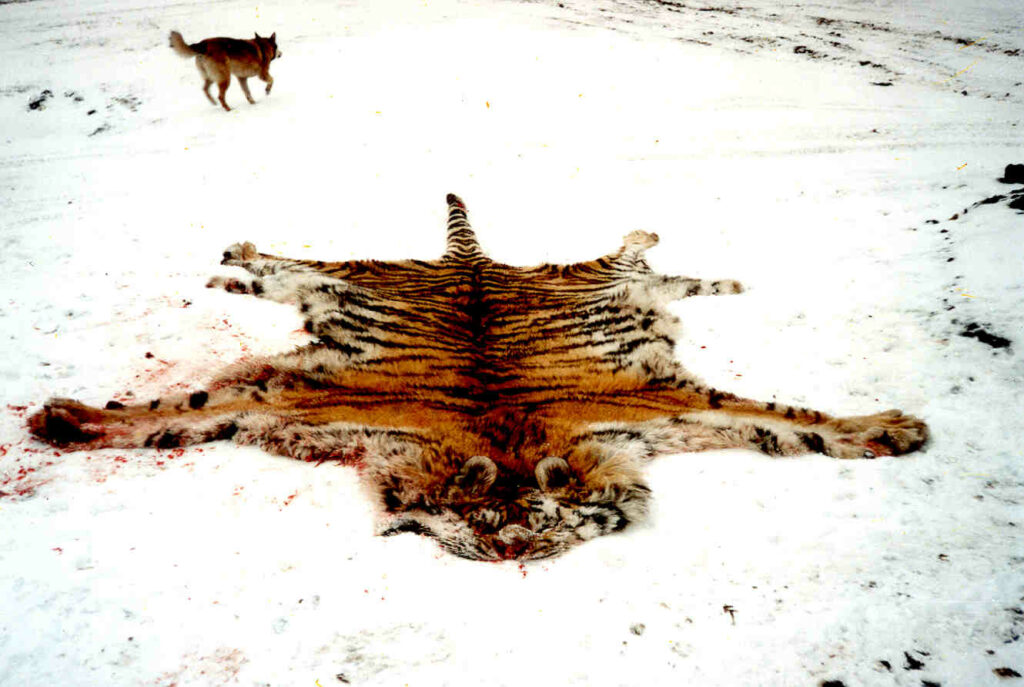

Partner:
Phoenix Fund


